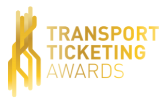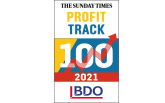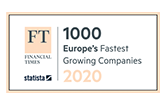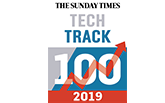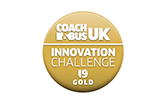 Get ready for a journey from past to present and then into the future with Richard Blackburn-Hughes, Ticketer’s Chief Commercial Officer, who chats through the evolution of bus travel, technological milestones, and the path to seamless travel.
Get ready for a journey from past to present and then into the future with Richard Blackburn-Hughes, Ticketer’s Chief Commercial Officer, who chats through the evolution of bus travel, technological milestones, and the path to seamless travel.
Being a keen public transport user, I’ve faced my fair share of travel hurdles in previous years that certainly spiced up past journeys, but reflecting on these you can see just how much we’ve overcome these pain points.
There’s been remarkable changes that have shaped bus travel since my youth, transforming hurdles into stepping stones for a more positive experience. From unfolding paper maps to Google Maps, cash to cashless, and relying on uncertain schedules to enjoying real-time information (RTI) through apps – the transformation is undeniable.
What facilitated these changes? Strategic investments from transport authorities and bus operators, as well as a collaborative landscape among suppliers which laid the groundwork for efficiency and passenger-centric services. So, let’s dive in!
Multi-operator maze
Growing up in Wolverhampton, I vividly remember the frustration of trying to catch a bus into town, even though I lived on a well-served transport corridor. The catch? Multiple bus operators with different rules and tickets that limited my return journey options. It was a puzzle that baffled me.
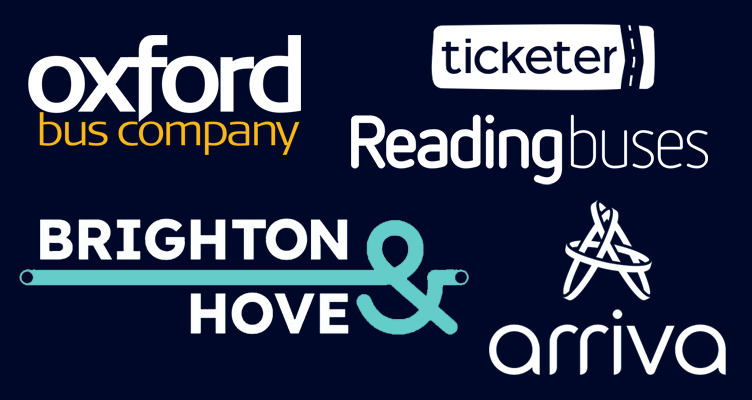 Thankfully, we’re now seeing many operators address the multi-operator challenge to eliminate the return journey dilemma. At Ticketer, we’ve been lucky enough to partner with some lovely customers like Oxford Bus Company, Reading Buses, Brighton and Hove Buses, and Arriva, to name a few, to introduce multi-operator QR schemes and contactless schemes. Which means that with multi-operator ticketing in these regions, passengers can enjoy the flexibility of travelling across different bus operators without getting bogged down in ticket-related puzzles.
Thankfully, we’re now seeing many operators address the multi-operator challenge to eliminate the return journey dilemma. At Ticketer, we’ve been lucky enough to partner with some lovely customers like Oxford Bus Company, Reading Buses, Brighton and Hove Buses, and Arriva, to name a few, to introduce multi-operator QR schemes and contactless schemes. Which means that with multi-operator ticketing in these regions, passengers can enjoy the flexibility of travelling across different bus operators without getting bogged down in ticket-related puzzles.
Real-time riddle
My university days were a lot of fun (and hard work of course!), but the lack of real-time bus information made planning my journeys to and from lectures pretty difficult. To make things more complicated, often when I would make it to the bus stop I’d find that the information on the timetables would be inaccurate.
Today, thanks to enhancements with real-time information (RTI) within the public transport industry, the landscape has evolved. Passengers have far more information available to them than they did during my uni days (perhaps showing my age a bit here!). However, this rise of real-time information introduces new challenges, particularly when managing disruptions and cancellations. Operators now face the crucial task of seamlessly relaying this information to passengers across various channels such as apps, digital signage at bus stops, and tannoy announcements.
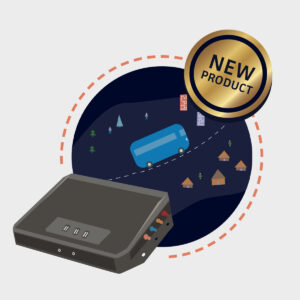 Communication gateways like the Ticketer Smart Gateway help by enabling seamless dialogue among onboard technologies, reducing the risk of passengers not receiving accurate real-time information, and making sure all bits of onboard tech are feeding information into the right areas. It also comes with dead-reckoning which sounds pretty dramatic as capabilities go, but essentially means it provides enhanced location tracking when on-bus. Again, something which helps with AVL capabilities and providing passengers with accurate information.
Communication gateways like the Ticketer Smart Gateway help by enabling seamless dialogue among onboard technologies, reducing the risk of passengers not receiving accurate real-time information, and making sure all bits of onboard tech are feeding information into the right areas. It also comes with dead-reckoning which sounds pretty dramatic as capabilities go, but essentially means it provides enhanced location tracking when on-bus. Again, something which helps with AVL capabilities and providing passengers with accurate information.
We’ve also witnessed many operators embracing journey planning apps which are equipped with GPS tracking linked to buses and open standards like SIRI feeds. These innovations ensure passengers can easily and seamlessly track and access real-time bus schedules, or in my case, make sure they never miss a lecture!
Lastly, we’re at a pivotal time with emerging AI advancements. It’ll be really interesting to see how these exciting prospects for enhancing predictive capabilities and greater intelligence in the future will further come to shape the passenger experience.
Open payments in the City of Love
A recent family trip to Paris was a great experience until we faced an unexpected transport hiccup. Trying to navigate the Metro and all its stairs with a toddler and luggage proved to be a challenge, so we opted to take the bus instead. And after waiting over half an hour at the bus stop, we discovered that buying tickets onboard weren’t an option and in fact we needed to purchase them inside the Metro station, and down all those stairs!
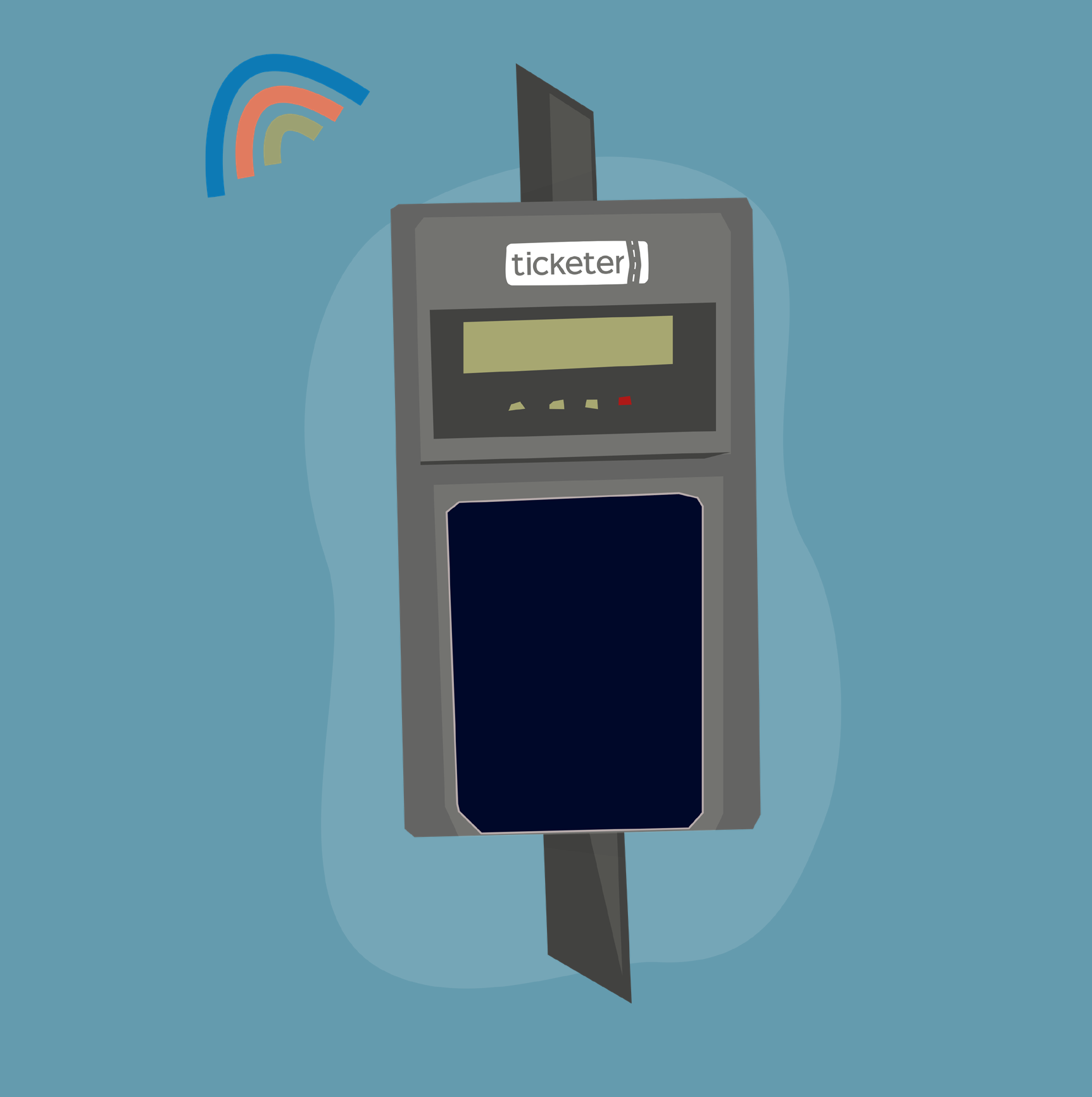 The inconvenience led to a missed bus and some family frustration. My Parisian mishap serves as a reminder of the importance of open payments. Luckily for us, the UK has led the way in contactless payments, making it hassle-free for passengers to board buses with a simple tap. No more last-minute ticket purchases, and one less barrier to travel.
The inconvenience led to a missed bus and some family frustration. My Parisian mishap serves as a reminder of the importance of open payments. Luckily for us, the UK has led the way in contactless payments, making it hassle-free for passengers to board buses with a simple tap. No more last-minute ticket purchases, and one less barrier to travel.
We’ve seen success with our Tap On / Tap Off solution with many customers, but it truly went down a storm with the passengers of Brighton and Hove Buses, who reached 1 million transactions within the first four months of their TOTO rollout alone. That’s a lot of tapping!
I think this will continue to be a major focus in the coming years, with more countries and operators incorporating open payments into their transport systems to enable multiple ticketing purchasing options and reduce travel stress for passengers.
Multi-modal mayhem
During my London commuting days, I had a few different options for my daily journey. However, all these options involved purchasing multiple tickets for different modes of transport. Managing these various tickets took away the joy of reading a book on my commute and presented a challenge of keeping multiple receipts with individual costs adding up. Those days come full circle with the evolution of multi-modal travel.
In my perfect public transport world, transport providers will support and embrace this idea and issue fares that work across various modes of transport.
We can all recognise that passengers don’t just need to get from A to B, they need the fastest, most convenient, and cost-effective way to get there as well. That’s why here at Ticketer, we’re actively trying to help break down this specific barrier to travel. We’ve developed support for the Rail Delivery Group with QR codes to be able to accept Plus Bus tickets, for passengers to take their complete journey with First Bus and GWR for travel to and around Weston-Super-Mare – on just one electronic ticket. The days of purchasing separate tickets for each leg of the journey are numbered in my opinion!
We’ve also worked with DRT providers Via and Padam to ensure their services are complimentary to the bus network and interconnected across all modes of transport. The partnerships combine our technology for onboard electronic ticketing and software, with their platforms for flexible DRT solutions to create a seamless and efficient ticketing offering.
Frictionless fun with biometrics
Although not directly related to my younger days, I couldn’t not mention the role of biometrics within the world of public transport ticketing going forward.
With society already aiming to go more cashless than we’ve ever seen before, backed up by EMV payments that have gone from 7% of transactions up to 20% and continue to grow, I can’t help but predict biometrics will come into play somewhere along the line.
Countries such as Japan, South Korea, China, and Spain, have already begun experimenting with facial recognition within public transport, with Japan going so far as to integrate it into driverless buses.
It can seem scary, but in a recent poll where we asked our audience how they felt about it, the responses were pretty even with 32% of people thinking the prospect of biometrics in our public transport system is exciting, 34% felt it is intimidating, and 35% being unsure at the moment. Nevertheless, I think the way technology is advancing, we can expect biometrics to come into the picture within the future of ticketing at some point in the UK.
All in all, the landscape of ticketing has undergone remarkable transformations since my younger days, consistently addressing the challenges faced by passengers throughout their journeys, but there’s still more to do. At Ticketer, we design our modular products to be adaptable to change. Whether it’s incorporating QR codes or embracing the transition to EMV, our core solution aims to ensure a swift response to emerging technologies. The overarching objective is clear: to stay agile and supportive as public transport undergoes continuous evolution, and we’re super excited to see where the industry takes us next.


